By Cole Shiflet and Selah Vetter
Special to The Alabama Baptist
Community is at the very heart of what a church does, but now in many churches, members meet online or sit six feet apart in the sanctuary.
Due to the COVID-19 pandemic, the past 10 months have tested the strength of each church community like never before. Churches have faced an unprecedented season of hardship as they adapted to current health guidelines in order to keep their congregations safe.
From corporate worship to communion, Southern Baptist churches across Alabama have been forced to adapt to the environment around them and experience church in a new way. With a new service format and changing practices, the future of the church may be forever impacted by the COVID-19 pandemic.
When it struck in mid-March, many churches were unprepared for a new type of service. For weeks and even months, churches could not meet in person due to quarantine. Some decided to live-stream services, but most were not prepared with equipment and resources.
Livestream challenges
“Prior to COVID, our church did not livestream our services,” said Dennis Blythe, executive pastor of The Church at Brook Hills, Birmingham. “Ever since the very first Sunday after things got crazy, we made online gatherings available. It was pretty basic and streamlined.”
Small, rural churches struggled with accessibility to stream or post their services online. Pastor Chuck Goodwin from Shiloh Baptist Church, Wadley, has a congregation mostly from the nearby rural, farming community. Not everyone could view services online because of limited Internet connection.
“I recorded a message and put it on Facebook,” Goodwin said. “We are a rural community so there is not a lot of Internet access for about half of the members. Some of them weren’t able to see any of it.”
While streaming services enabled churches to continue preaching, and perhaps reach a larger audience, it is a new norm for church members on Sunday morning. Pastors are nervous that this era of a digital church will cause members to continue watching services online instead of attending in person, even after the pandemic.
“I think there is a scare about their membership coming back,” Goodwin said. “It’s really easy to get in the habit of not going. While I’m a fan of social media, there’s nothing like being in the four walls of that church and having fellowship with your brothers and sisters. I just hope that people realize that.”
Low attendance
Even though most churches have been meeting in person for a few months, attendance is still low. Tim Cox, pastor of Liberty Baptist Church, Chelsea and president of the Alabama Baptist State Convention, said his church only had 30% occupancy this summer. Churches are implementing social distancing, masks and extra sanitary and cleaning measures, but most still only have about 80% attendance.
“I went back the first day the doors were open,” Church at Brook Hills member Sam Plott said. “There was a mandatory mask requirement and social distancing, of course, but everything else felt somewhat normal. They have now expanded to three services, but I appreciate how considerate Brook Hills is to those at higher risk by offering a continued livestream service.”
Churches have changed the format of a Sunday service for in-person gatherings. Instead of including Sunday school, baptism and communion, most only have worship and a message. Services also have been shortened to allow for cleaning in between and to clear the building before a second round of people arrive.
One of the largest concerns for churches during the pandemic is the economic downturn they’re facing. As not for profit ministries, churches rely heavily upon the giving they receive from their members.
According to nonprofitsource.com, American congregants typically give around 2% of their income to their churches, Tithers, those who give 10% or more of their income, make up only 10-25% of a normal congregation.
Giving affected
With layoffs and a struggling economy, churches were worried about how giving would be affected. Remarkably, several pastors have found that their members’ giving has remained rather consistent.
From rural congregations like Shiloh Baptist to suburban churches like The Church at Brook Hills, many have found that giving has stayed on track, and some have found it has slightly increased compared to previous years.
Even churches outside of the Southern Baptist Convention have found that giving has remained consistent during the pandemic. Urban Hope Community Church, a Presbyterian congregation, is in an urban setting in Fairfield, in the midst of a building project.
“Our giving has stayed fairly consistent with the pre-COVID levels,” director of operations Michael Bowen said. “[The building] campaign was put on pause and then has taken a lot of time to get back up and moving.”
The biggest concern has been how the new normal will affect church budgets. In Chelsea, Liberty Baptist Church is at about 84% of their budget, like many others. Churches put together a plan for spending based on the assumption that they will receive weekly tithes and offerings. Smaller churches like those in rural communities depend heavily upon each week’s giving to cover the costs of running the church.
Outlook for December
While giving has been steady the past few months, pastors are concerned how it will look in December. The effects of the pandemic on the economy may impact the church at the end of the year.
“December is a really key month for our offerings,” Blythe said. “A lot of people wait until the end of the year to give, maybe off their bonus at work or how their business did for the year. I say that we have to wait and see because our feeling is that December might not be quite as strong as it has been historically.”
Though the pandemic has changed many aspects of the church, many of those changes have been beneficial. Due to the pandemic, the normal routine of church has been shaken. At Liberty Baptist, Cox spoke about how they learned the lesson of relationships — groups that had tight relationships outside of church were far more successful than those that did not.
At The Church at Brook Hills, around 95% of their small groups continued throughout the summer via Zoom. Now, many of these groups have found creative ways to get together on campus, in homes and under trees.
Community can continue
Both congregations have shown how community can continue even in the midst of a pandemic.
Implementing online services has allowed churches to reach an audience outside just the congregation. Chuck Goodwin said his messages have reached more people on social media than they ever would have within the walls of Shiloh Baptist.
“I believe the Lord used [the pandemic] to show us that church isn’t just a building with four walls,” he said.
It has been a difficult time for many, yet pastors are confident that God has remained faithful. While the pandemic created a new normal, churches continue to proclaim the gospel and pastors continue to shepherd their congregations.
EDITOR’S NOTE — Cole Shiflet and Selah Vetter are students in the journalism and mass communication department at Samford University. Click here to view the original article with photos and ArcGIS Story Maps.

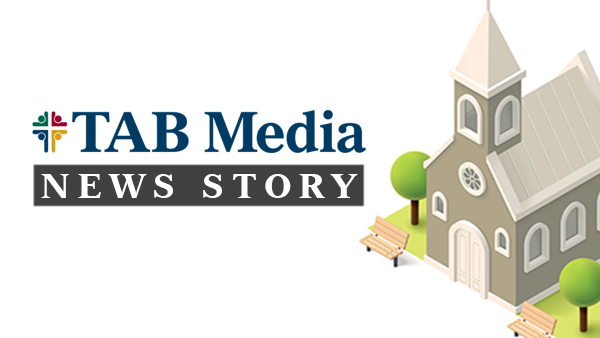
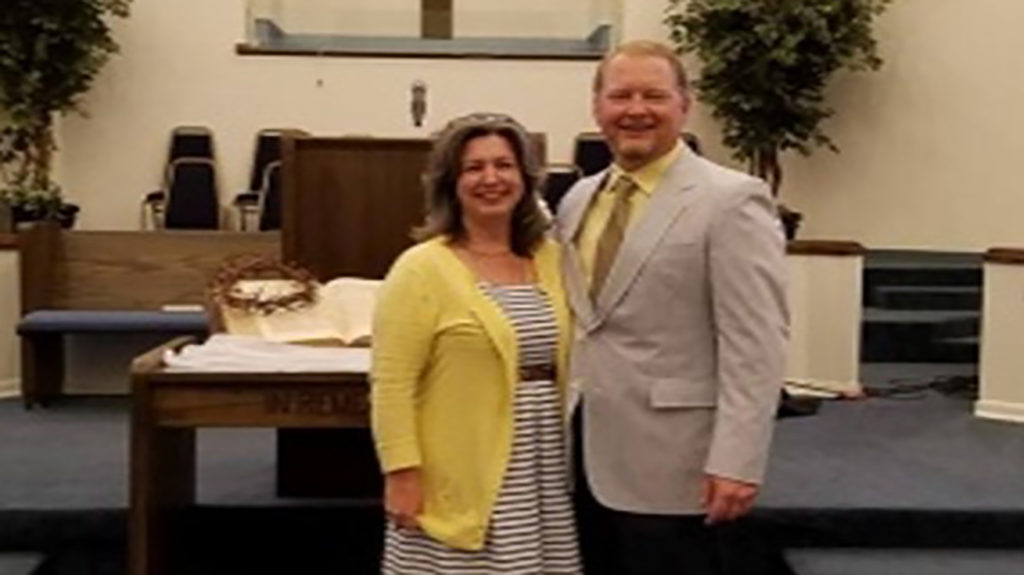
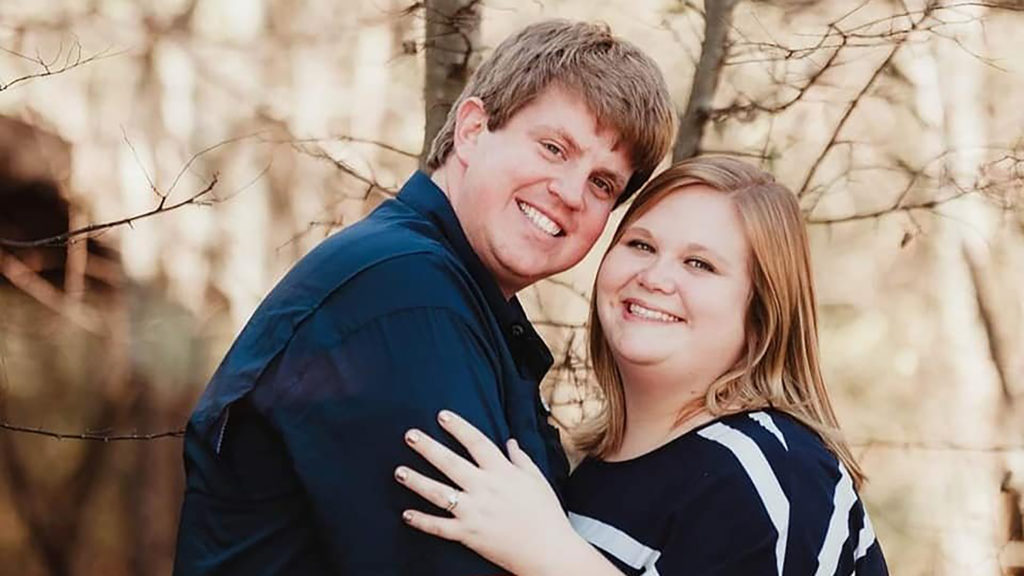
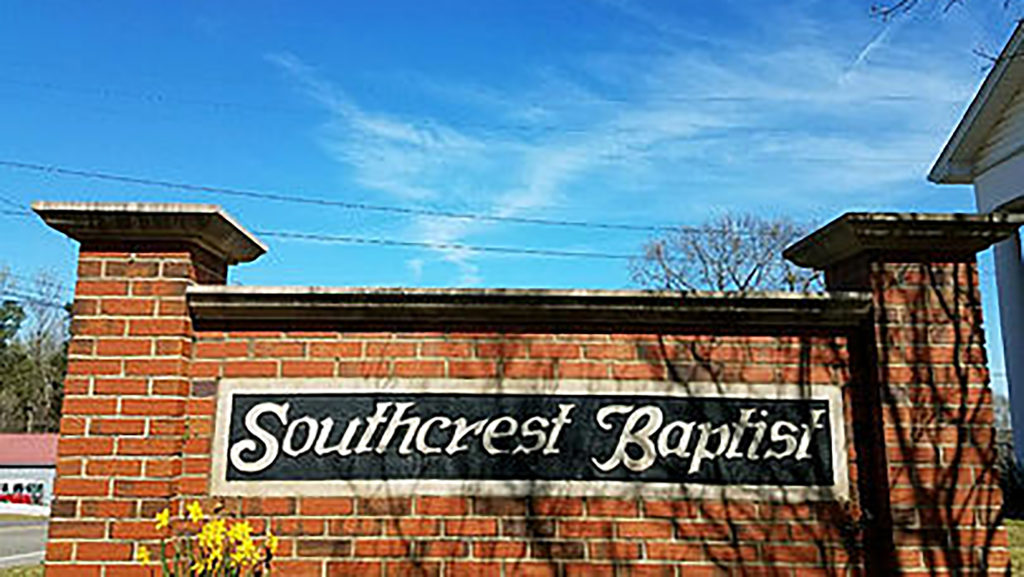
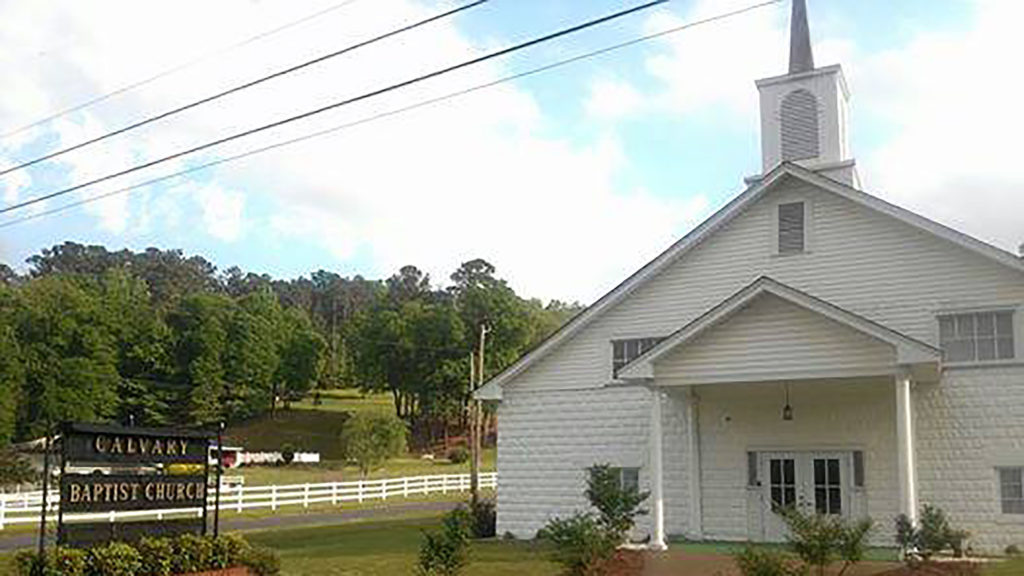
Share with others: